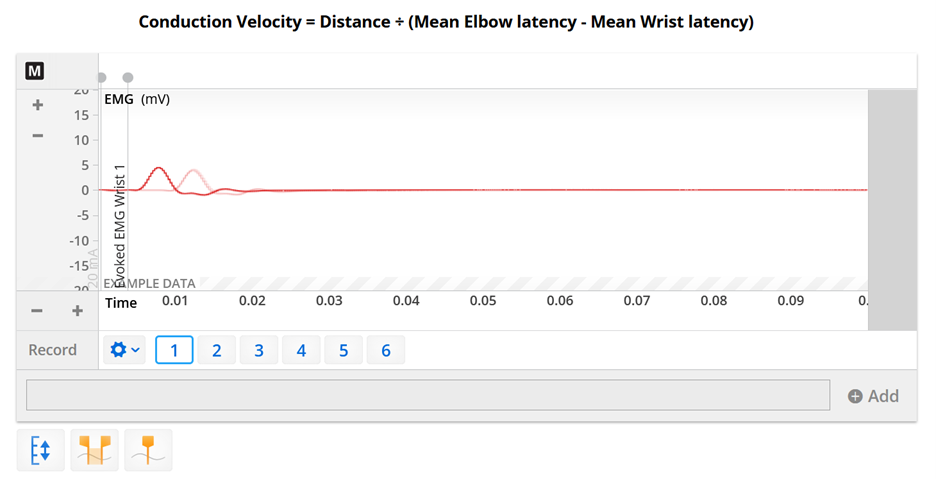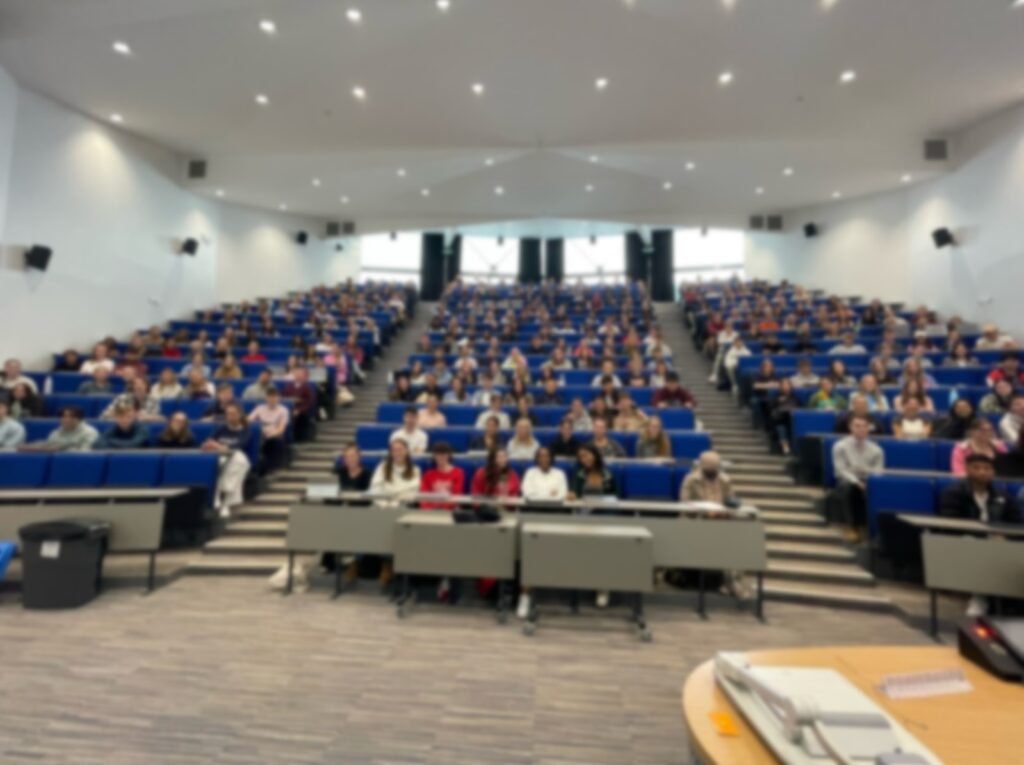
Dr Harley Stevenson-Cocks, Newcastle University, UK
COVID-19 and physiology teaching
Given that physiology is the science of life, and life was put on hold over the course of the pandemic, COVID-19 obviously had a major impact on physiology teaching. Though we were fortunate to deliver some practical teaching during the pandemic, physiology practicals were not possible due to the very nature of involving data collection from, and close contact between, students.
Practical teaching is essential for students to put theory into practice and reinforce prior learning. The limited practical experience during COVID-19 inevitably led to a disparity between deep learning in physiology compared to other subjects, exacerbated by the fact that physiology is very much an integrative science encompassing other disciplines.

Maintaining student engagement
As a lecturer who started their teaching career during the pandemic, I don’t have the pre-COVID-19 experience comparison of teaching physiology, but I do feel an increasing sense of disconnect between students and the deep learning of their degree content. There seems to be a tendency to be hyper-focused on just passing the next assessment and a reduced ability to take a holistic approach to their education. I’m very glad to be back to full in-person teaching and getting to see my students on a daily basis, I just wish they were as enthused to be there to learn.
On the flip side, I welcome the increasing shift towards novel and engaging teaching methods with less focus on traditional didactic approaches. I feel this was an inevitable change, but COVID-19 certainly accelerated the move in this direction. I’m looking forward to learning new ways to engage and enthuse students in physiology learning and challenging myself to innovate in this area as well.

Student challenges
Students, of course, face their own barriers to learning and the biggest of these at present is the cost of living. This disproportionately affects the student population who regularly see their loans not even covering the cost of rent, let alone living costs and social lives, the latter of which is just as important at university. With so many students working part-time just to survive, it’s not surprising that studying comes second place and that they are too burnt out from keeping afloat to fully engage with learning.
Finding a solution to these issues will be difficult, but I am confident that our collective passion for physiology will see us through these challenges.

